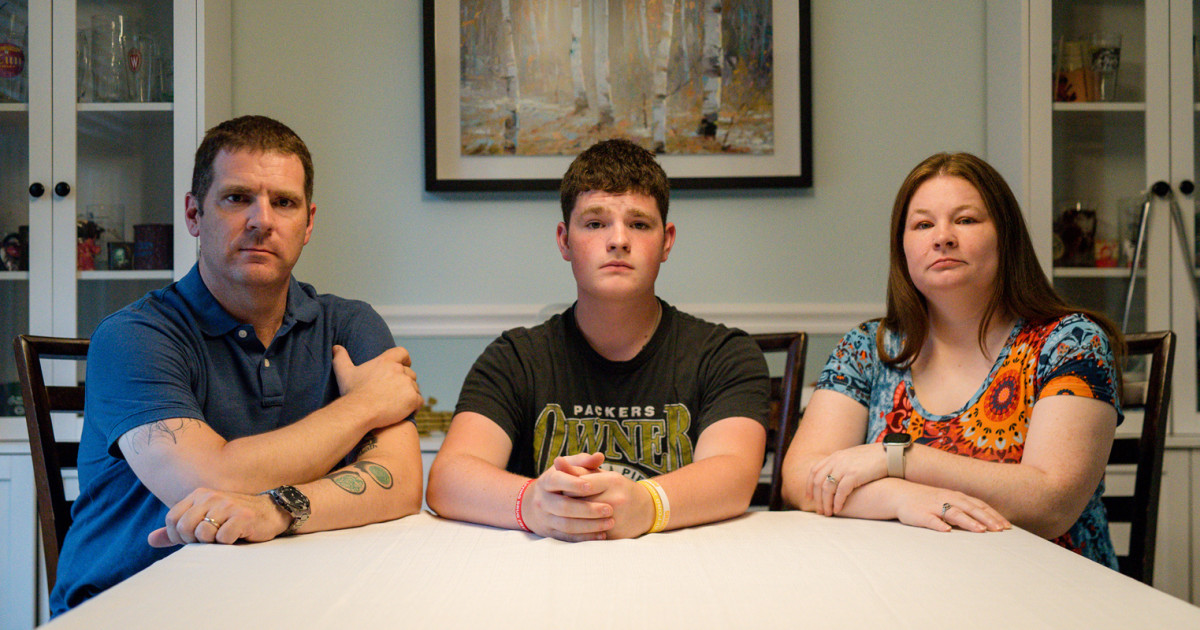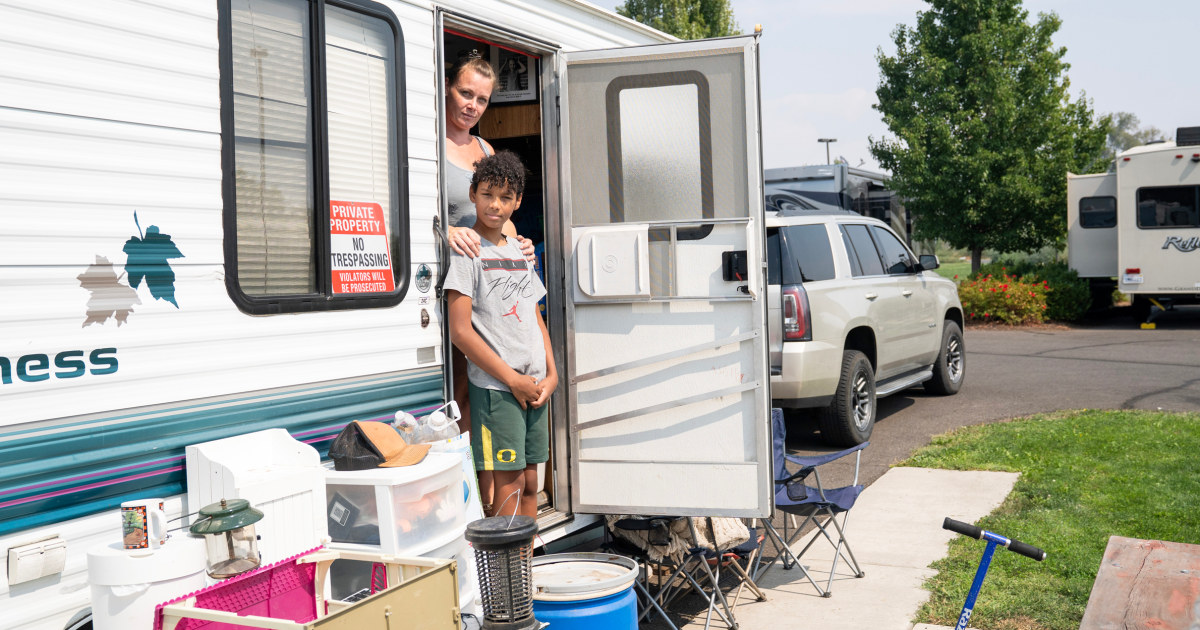Nick Benz-Bushling never imagined that managing his son’s mental health care would turn into a real-life horror story
Source link
Sept. 25, 2025, 6:12 PM EDTBy Kate Snow and Abigail BrooksNick Benz-Bushling never imagined that managing his son’s mental health care would turn into a real-life horror story.After years of struggles, 16-year-old Johnathan attempted suicide in February. Benz-Bushling 41, and his wife Misty Benz-Bushling, 39, of Stephensville, Michigan, rushed Johnathan to the emergency room, and then later took him to Forest View Hospital, an inpatient behavioral health facility in Grand Rapids that had room in its pediatric psychiatry unit. When a doctor there said Johnathan needed residential treatment, the Benz-Bushlings immediately found him a bed at Newport Academy in Washington.




